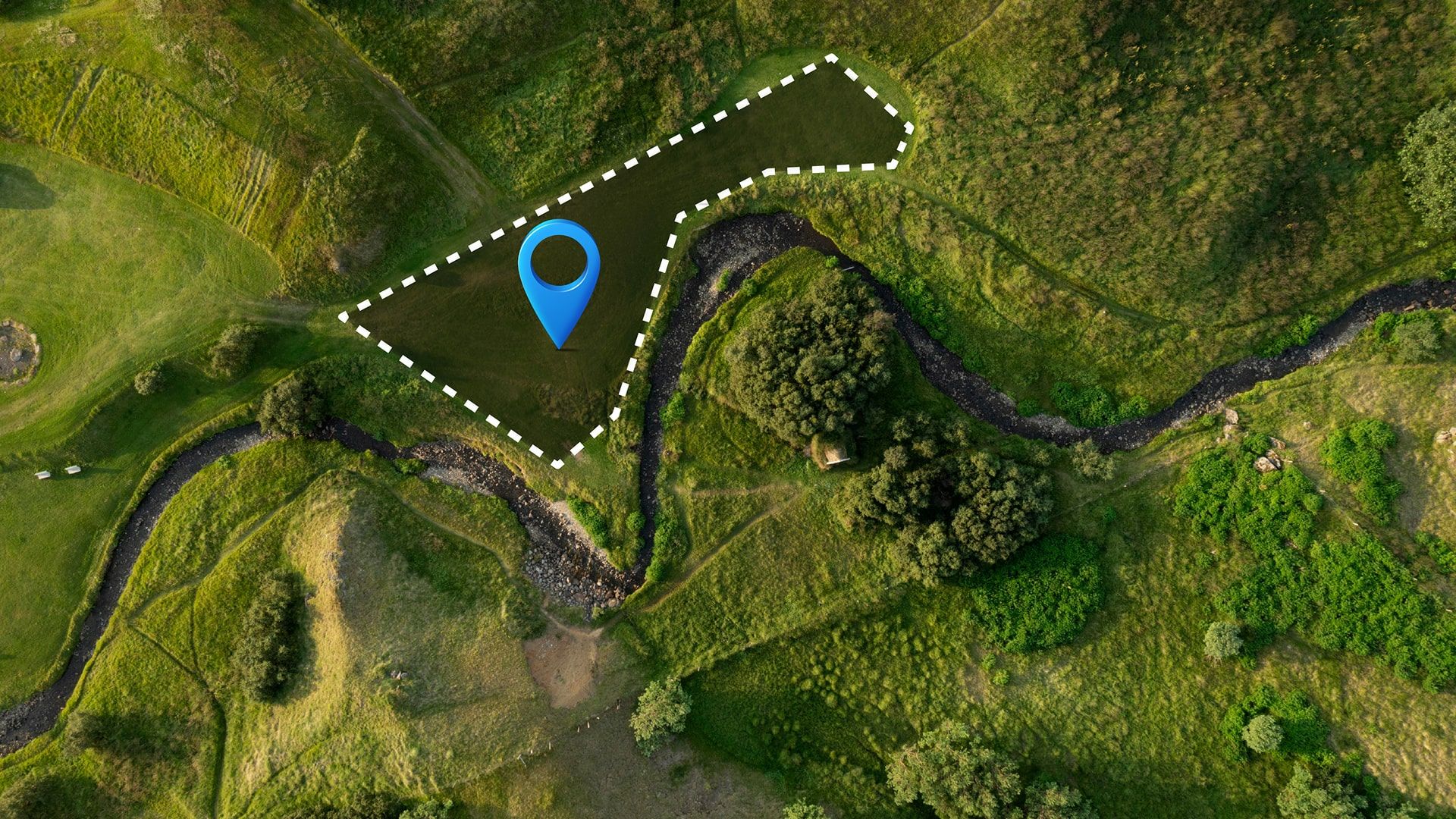Land acquisition has long been one of the most time-consuming stages in infrastructure development. Today, geospatial analytics and automation are redefining this process, turning complex, paper-heavy workflows into streamlined, data-driven systems that bring speed, transparency, and accuracy to every stage of decision-making.
Why Digitization Matters Now
National and state initiatives have pushed this transformation: India’s land records modernization programs and state-led digitization drives show how rapidly digital land registries and cadastral mapping can scale, improve transparency and shorten processing times. These modernization programmes are not just bureaucratic upgrades; they are enabling platforms for faster approvals and better governance.
SPARC’s Approach: An Integrated Land Acquisition Management System
Built as an enterprise-grade, GIS-enabled data infrastructure, our flagship Land Acquisition Management System consolidates all land-related information into a single verifiable repository. It replaces fragmented systems and manual reconciliations with an auditable, version-controlled environment ensuring data integrity, regulatory traceability and operational continuity at institutional scale.
Key Modules:
- Project & Case Management: Automated workflows with milestone tracking and escalation logic ensure approvals move predictably, not bureaucratically.
- Land Information System (LIS): A unified spatial database linking cadastral, ownership, and valuation data at parcel level—eliminating ambiguity and dispute potential.
- R&R and Award Management: Rule-based entitlement calculation, beneficiary tracking, and automated disbursement workflows aligned with policy frameworks.
- Legal & Document Repository: Encrypted, cloud-native storage with full version control and access governance.
- Insight Dashboard: Executive-grade analytics covering cost forecasts, progress indicators, and compliance posture across portfolios.
- GeoAI Surveillance: Machine-learning-driven land-use change detection—97 percent precision in identifying unauthorized development or encroachment.
Operational Efficiency Anchored in Governance Integrity
Across enterprise deployments, our solution has consistently delivered measurable efficiency gains while strengthening data integrity and oversight.
Organizations report up to a 40 percent reduction in data-entry effort and a 50 percent acceleration in report generation, achieved through workflow automation and unified data capture.
With 99.9 percent system uptime and built-in compliance auditability, the platform ensures that operational speed never compromises reliability or traceability.
Every transaction, approval, and modification remains fully documented within a secure, version-controlled environment establishing a verifiable chain of accountability from field activity to executive dashboard.
Client Snapshots: AMNS & BJEW
For AMNS, the digital land acquisition platform streamlined the process for its proposed 12 MTPA integrated steel plant and inland port in Odisha. The first-phase notification of 383 acres demanded precise coordination across departments to manage lease cases, compensation, and R&R planning. The GIS-based system consolidated cadastral, ownership, and forest data into a unified dashboard, giving authorities parcel-level visibility, real-time updates and automated reporting. The result was faster approvals, transparent transactions and reduced manual reconciliation, setting a new benchmark for industrial-scale land management.
For BJEW, the 305 km greenfield six-lane expressway spanning four districts and 15 C.D. Blocks required careful alignment through the Eastern Ghats to avoid sensitive forest zones. The geospatial platform integrated 0.5 m satellite imagery, DEM-based terrain analytics, and forest overlays, helping planners select the most feasible route. Forest land involvement was reduced by nearly 50%, improving ecological compliance while expediting clearances and construction readiness. Both projects demonstrate how spatial data integration accelerates decision-making, enhances accountability, and delivers measurable socio-environmental benefits.
Conclusion: Automation Makes Approvals Predictable
Automation builds a predictable, transparent system where approvals and budgets move with clarity and precision. For agencies and developers, this means fewer delays, reduced costs, and improved project outcomes. SPARC’s Land Acquisition Management System ensures every decision is data-backed, accountable, and aligned with sustainable development goals.
